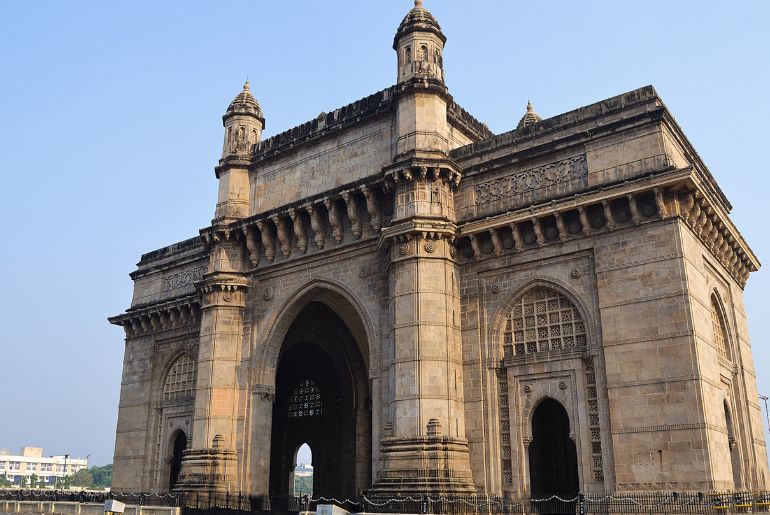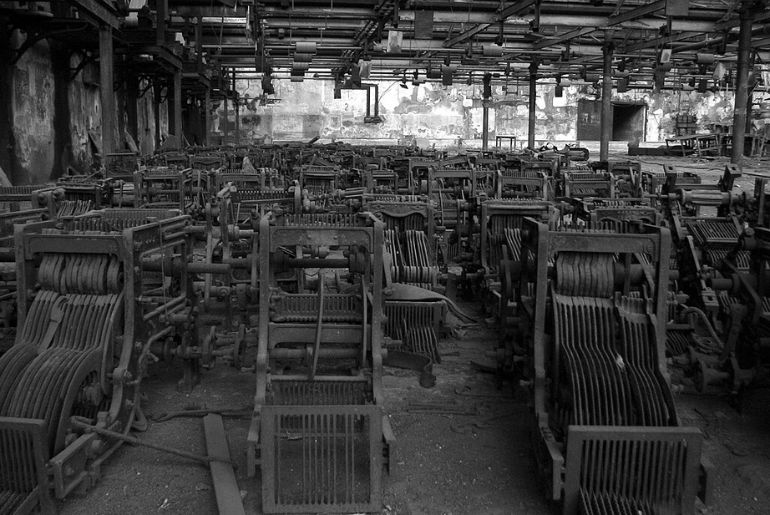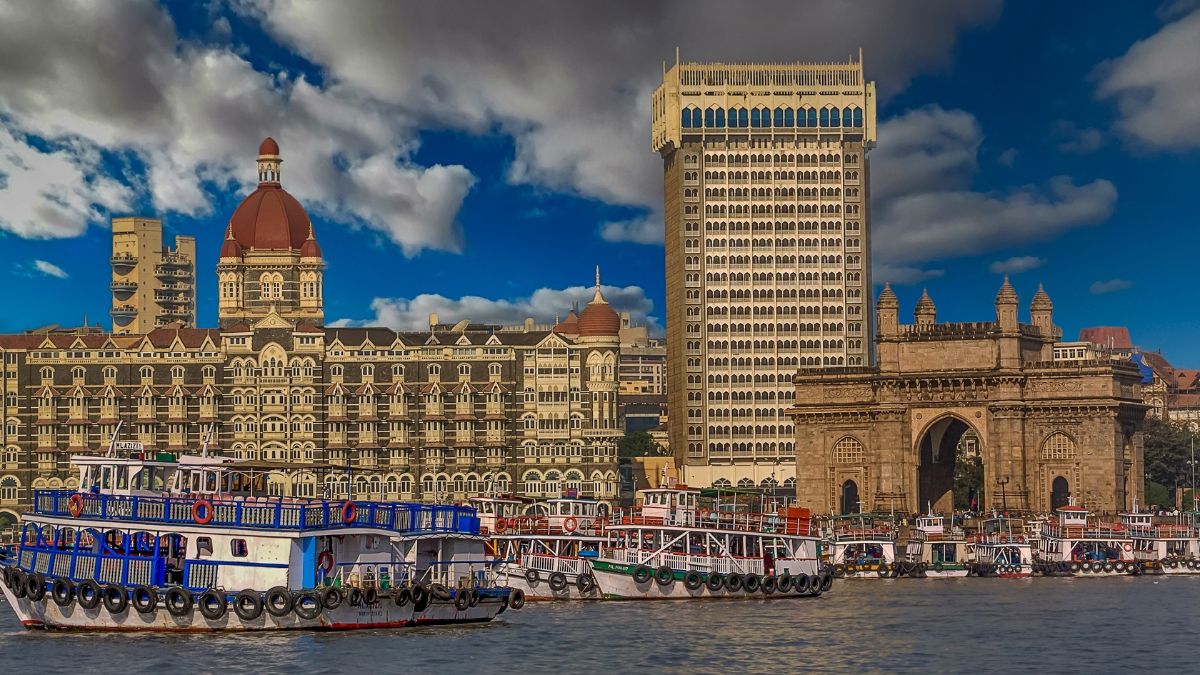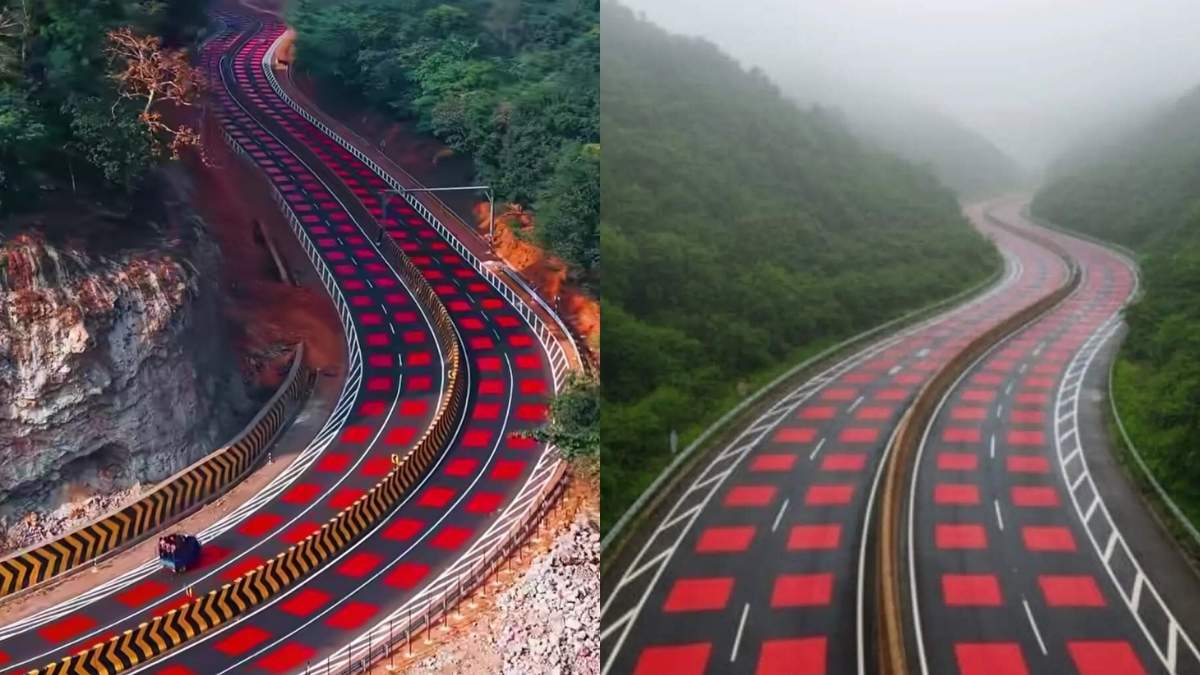The financial capital of India, home to the Koli community and a major seaport on the Arabian Sea. Mumbai, formerly known as ‘Bombay’, is the ‘City of Dreams’ for every newcomer. Over the period, the city has become home to people from all over the country. This has given rise to the hustle culture and Mumbai has turned into a city that never sleeps. But, it wasn’t always like that! In fact, Bombay was only important because of its proximity to Surat, during the Mughal era. However, it was William Hornby’s dream to integrate these 7 islands!
Bombay: The Journey Of Integration Of 7 Islands

The East India Company moved its main office from Surat to Mumbai in 1687. Eventually, the city served as the Bombay Presidency’s headquarters. Up until recently, Bombay consisted of seven unimpressive islands. A boat was often required to travel between the islands and many places would flood during the monsoon and high tides.
Due to this, the Portuguese and British developed an interest in Bombay. Three decades prior, in 1782, a man named William Hornby had joined the East India Company and worked his way up to become the Governor of Bombay. He would start something that year that would permanently alter the city.
He unveiled a plan to combine the islands with a naturally deep harbour which was called the Hornby Vellard project. It took several powerful individuals and over fifty years to finish. The affluent Lady Jamsetjee provided funding for the final integration. It would have connected the districts of Mahim and Bandra, provided that users would not be assessed a toll. The merger would open up various unsightly and swampy areas for habitation. Even the wealthiest of Bombay began to gravitate towards certain regions as a result.
Also Read: With Banana Pudding & Brownie Bliss, NYC’s Magnolia Bakery Is Set To Sweep Mumbai Off Its Feet!
Textile Mills And The Sale Of Property

The opening of the textile industry would eventually put Bombay on the map of the world. It was made possible by the integration of the islands with the supporting infrastructure, while other causes also came into play. The first cotton plant opened in 1854 as a result of an agreement between British machinery manufacturers and a Parsi businessman. The testing of Jamsetji Tata’s Ring Spinning Frame technology was maybe the inflexion point. It would later be widely used in commerce starting in the 1880s.
When things finally eased down in 1927, Bombay had 83 mills, more capacity than all the other provinces combined in India and all the other areas of the Bombay Presidency combined. Although economically beneficial to the city, the wealthier citizens of Mumbai did not find the mills and labourers there to be appealing. That changed their ideal location to Malabar Hill.
And then, the Great Bombay Textile Strike in 1982 resulted in mills being shut down and the owners selling their land! As a result of the mill property sale, some of the most prestigious office and residential skyscrapers were constructed. It is reported that William Hornby started working on the merger of the islands that make up Bombay even though the East India Company rejected his concept. In response, he received a notice of suspension from the corporation.
Also Read: Man Denied Refund Of ₹89,000 After Bengaluru-Mumbai Vistara Flight Gets Cancelled
As one project phase neared its end, he disregarded the notice of suspension and pressed for an expeditious conclusion of the work and thus created the conditions for a city to develop into a bustling metropolis.
Cover Image Courtesy: Canva
For more such snackable content, interesting discoveries and latest updates on food, travel and experiences in your city, download the Curly Tales App. Download HERE.
Good news! We are on WhatsApp! Subscribe to Curly Tales WhatsApp Channel to stay up-to-date with exclusive content and BTS. Join HERE.
First Published: October 30, 2023 1:55 PM



